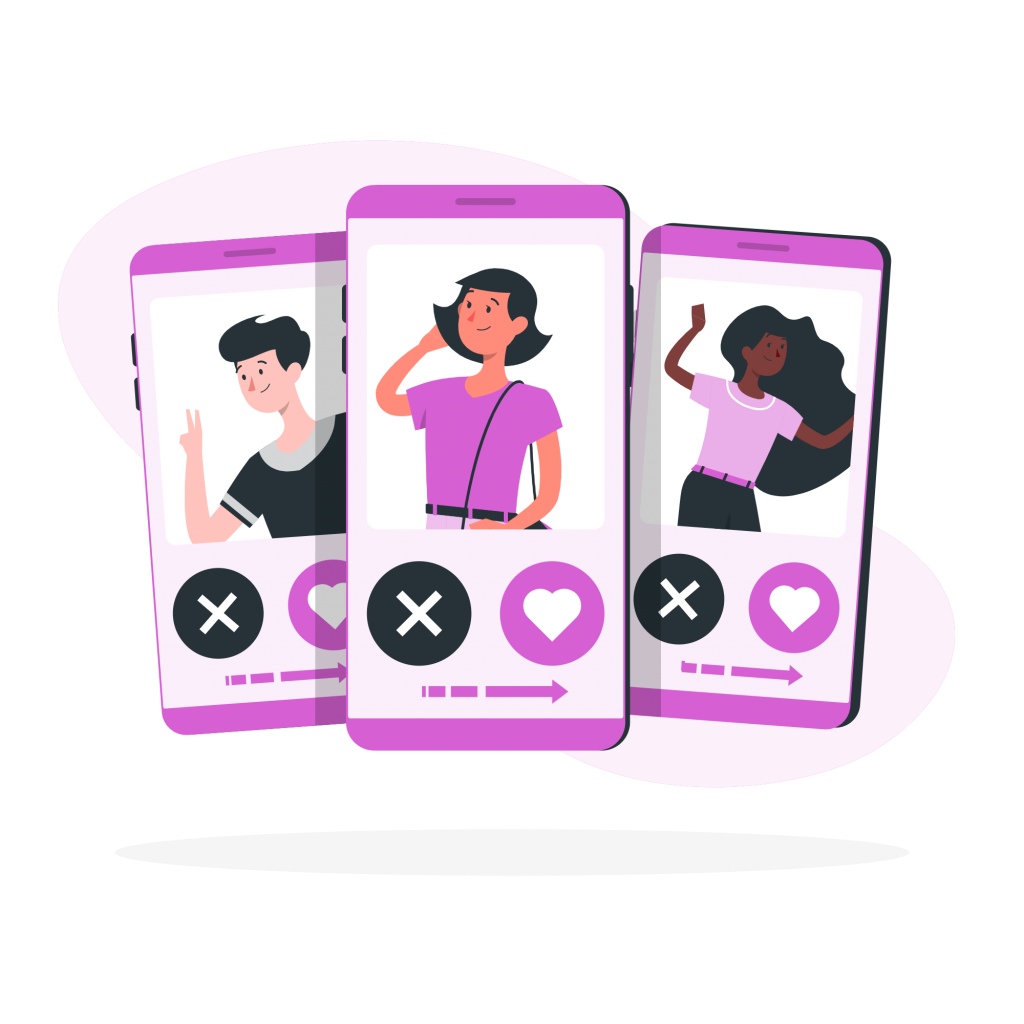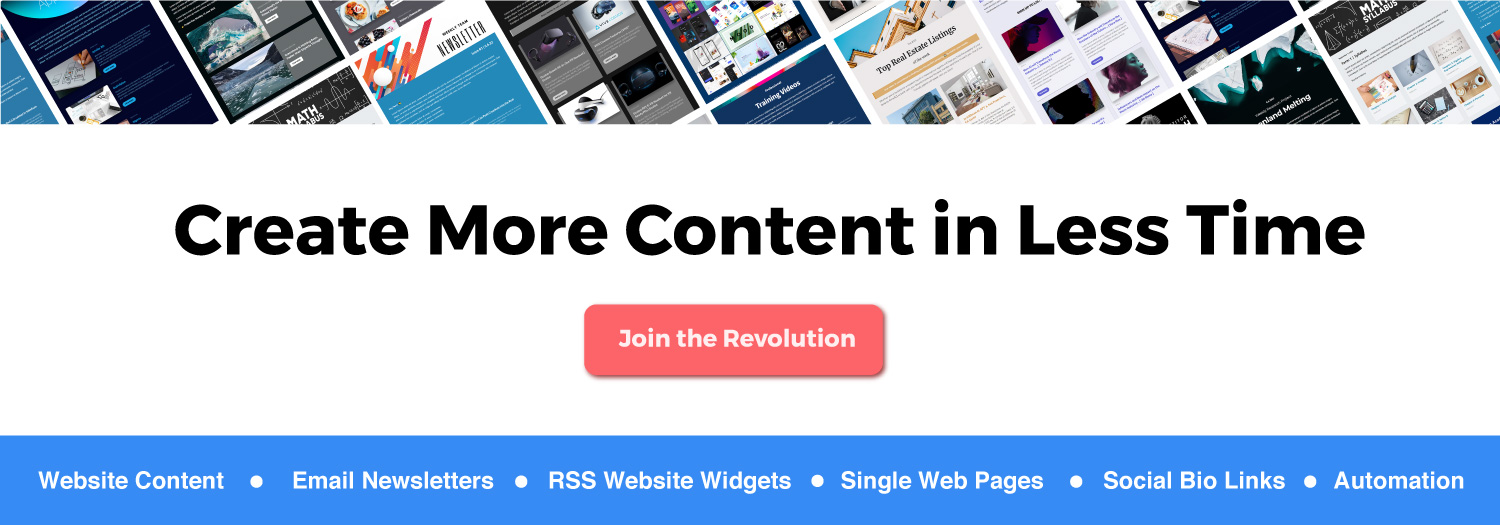In this modern world of market saturation and information overload, it has become more important than ever to understand your customers and their needs.
To be successful as a business, you should always try to understand and anticipate what the customer is thinking, so that you can deliver as per their needs and expectations.
Understanding the customer leads to brand loyalty and can help your company stand out from the rest.
In this blog, we’ll be talking about marketing psychology, its importance, and the different types of marketing psychology that can be used for generating higher sales.
What is Marketing Psychology?

Marketing psychology refers to the use of the principles of psychology in real-world business applications like sales, content creation, and overall marketing strategy.
These psychological principles are loosely based upon understanding the minds of the customers and the subconscious decisions they take in response to certain stimuli.
Check out these 8 amazing psychological techniques that you can implement in your marketing plans and watch your business grow!
9 Strategies to Use Marketing Psychology to Attract Customers
1. Information Gap Theory
It may sound basic, but curiosity is one of the best ways to drive customers towards your business. When there is a gap in the knowledge consumers have and wish to have, they reach out to external sources for information.
Many businesses make use of this by carrying out content marketing; publishing articles related to their niches to drive traffic to their websites.
Once knowledge is given away for free, readers are more likely to trust the brand and look for other things that they offer. This could mean clicking on other articles or checking out the products or services they provide.
This extends to other channels like social media, where businesses provide informative posts on Instagram or Twitter, with links to the full article on their blog.
2. Fitt’s Law

Fitt’s Law is a predictive model that talks about the movement factors that impact speed. It has a variety of applications in ergonomics and layouts. In the marketing and design space, it is essentially a scientific approach to understand user interface and mouse movement.
Fitt’s law states that there are 2 factors that affect the time it takes to move the cursor to an area: the distance to the target, and the size of the area.
It has been discovered that if a company wishes to increases sales or subscriptions after a user has entered its website, it should make the buttons bigger, or decrease the distance between elements.
On the other hand, if you want to push people away from an action, say for example the “unsubscribe” button, you should make it smaller and place it in a distant corner.
Implementing this law on your website design can have a huge impact on conversions!
Read more: 14 Best Marketing Software to Grow Your Business in 2021
3. The Reciprocity Principle
The reciprocity principle states that this is a karmic universe; the more you give without expectations, the more you’ll get back in return. If you help people without hoping for anything in return, they’ll automatically have trust in you and will be more likely to do something positive for you.
This theory holds true in marketing and business applications; if you provide free and informative content on your blog or youtube channel, your audience will automatically be drawn towards other things that you have to offer.
Providing value for free acts as a lead generation tool and also helps educate the customers in your niche. Hence, not only are you drawing attention to yourself in a genuine way, but also helping out the community in general.
For the reciprocity principle to be more effective, it has been researched that the goodwill created should not be too valuable or expensive, or customers will undermine your worth. It also helps when the goodwill is delivered as a surprise rather than as an expectation – provide value when it is the least expected.
4. The Golden Ratio in Design
Humans are visual creatures and we can’t deny the role that aesthetics play while we make our everyday decisions. Subconsciously, being attractive increases trustworthiness and likeability. We like to choose things that please the eye and this applies to design as well.
Research has proven that there are certain proportions that look more pleasing to the eye than others. This theory, known as the Golden Ratio, is derived from the Fibonacci sequence, which is a proportion that is seen in various aspects of nature like in seashells, galaxies, flowers, and more!
Most of the beautiful things in nature follow this proportion, and this should be extended to marketing design as well. The Golden Ratio can be used to decide website design proportions like column widths, lengths of margins, heights of lines, and font sizes.
This will appeal more to audiences that visit your website, and they’ll be more likely to make purchases from you.
5. Foot in the Door Theory

The foot in the door theory talks about the impact that consistency has on sales conversion. Before we dive into the marketing implications, let’s understand how this theory came to be.
The first study of the Foot In The Door Theory was conducted by Jonathan Freedman and Scott Fraser sometime in the 1960s. They posed as researchers and called many homemakers to understand the household products that they use.
A few days later, they called them again but asked if they could send a group of workers to their houses. The goal would be to manually note down the cleaning products present in their homes. The study concluded that the women who responded to the first phone call positively were twice as likely to respond to the second call.
In marketing, this means increasing the points of contact between you and the customer. The more that customers read your newsletter or comply with your request, the more likely they are to carry out larger tasks like sharing your content or buying your product.
6. Scarcity Theory
Humans are known to desire things that are limited in quantity, as we subconsciously associate the low availability with high value.
Hence, the scarcity theory suggests that when consumers fear that they’ll miss out on an offer, they feel like they are running out of choices and high-value products. Hence, they will be more likely to buy your products.
Real-world marketing applications of this concept include sales on Black Friday, Thanksgiving, Christmas, and more. For almost a century now, retailers have used these days to create a feeling of high discounts, must grab value deals, leading to high sales.
Another sneaky way businesses use this theory is by advertising low stock levels, which is prevalent in e-commerce and dropshipping companies. When potential customers see that there are only a few units left, they are more likely to make the purchase at that very moment.
Read more: Marketing Channels You Need to Use This Year!
7. Nudge Theory
Nudge Theory was mainly developed by Richard Thaler and talks about encouraging your audience to make the right choice in a subtle manner.
The theory refers to architecting choice in a manner that subtly leans towards one choice, but doesn’t significantly change economic incentives. This theory has a wide variety of applications in sales and marketing.
For example, in pricing strategy, you often see two options: one which is really expensive while the other is cheaper but with almost the same amount of features. This makes customers lean towards the second option as it appears like a bargain.
Hence, you can indirectly convince the customers to buy a particular product by positioning it as more valuable compared to the others. It hence becomes a win-win situation for both parties.
8. Impact of Social Proof

It’s no secret that we are attracted to things that have been supported by others.
Social proof occurs when people are influenced by the experiences and actions of others, which draw them to a particular situation, company, or product.
The most prominent example of social proof is client testimonials, which involve reviews from happy customers. Most companies back up the reviews with real photos of the reviewers to authenticate them. Moreover, many B2B businesses add the names of prominent clients on their homepage to beef up their social proof.
Another unique method of building social proof is through social media. Businesses that post informative content regularly can acquire a large number of social media followers.
When other consumers see a large number of followers, there is an immediate sense of respect and curiosity that is engraved in their minds. Another way companies use social media is by showing the number of article shares on Facebook, Twitter, Instagram, and LinkedIn.
Hence, your social popularity immediately conveys the level of appreciation that people have towards your brand.
Read more: Content Development Guide for 2021- A Must-Read!
Conclusion
After reading these different psychological marketing strategies, we hope you understand how important it is to understand the customer. Making slight changes to your sales, marketing, and design policies can increase conversion rates exponentially.
However, note that you should see what works for your business as each industry is different, having different requirements. It is important to test and try out new strategies to figure out what suits you the most.
Also, make sure you can identify the source that is leading to higher conversions, so try implementing one new psychological theory at one time!
Further reads:
Email Campaigns: What are they & How to Ace them with Steps!
Viral Marketing: Definition, Benefits, Techniques & Tools!
What is a Flash Sale & Why it is a Good Marketing Technique?
Marketing Strategies to Take Your Business to the Next Level







